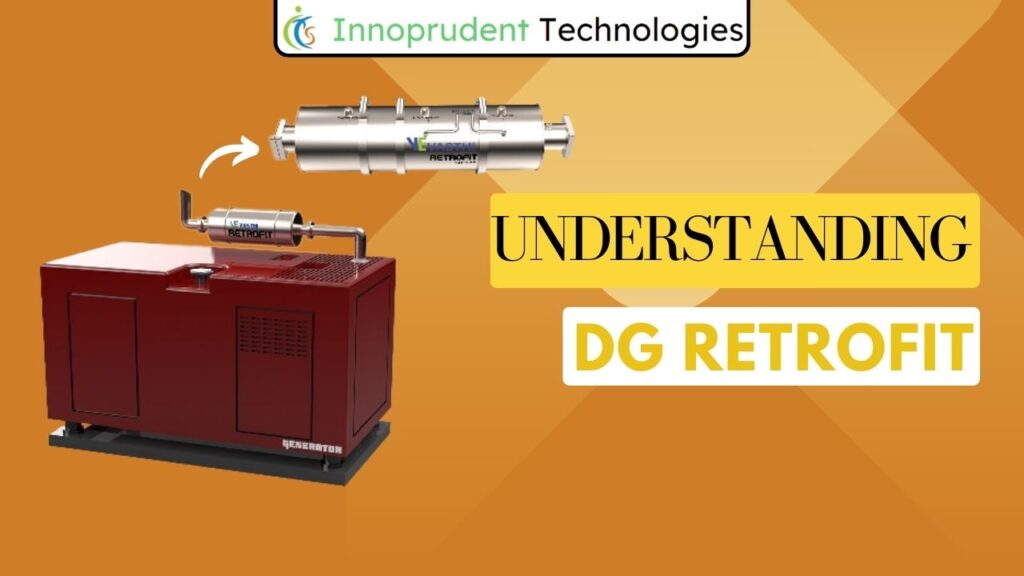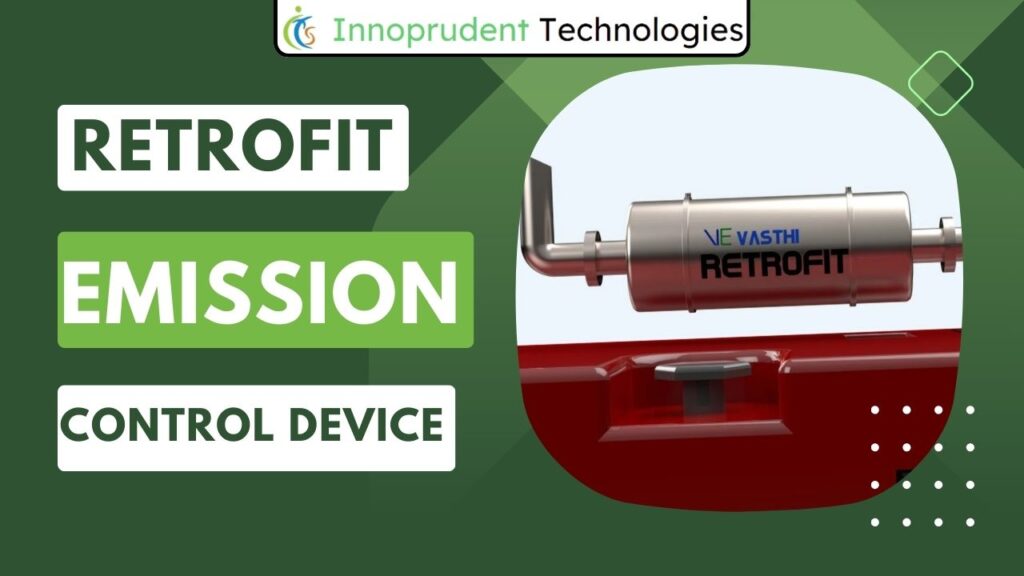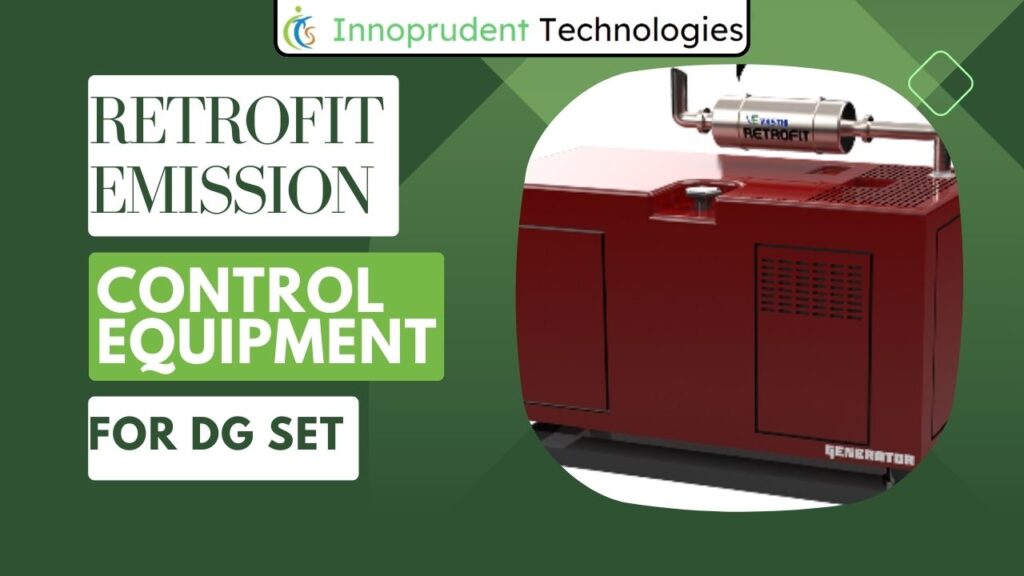Picture this scenario: a sweltering summer day, a bustling hospital in a critical situation, and suddenly, the power goes out. Chaos ensues as vital medical equipment shuts down, leaving lives hanging in the balance. In such moments, the humble Diesel Generator (DG) steps up to save the day, providing emergency power.
However, as technology evolves and the world’s environmental conscience sharpens, DGs need an upgrade to become leaner, cleaner, and greener. Enter DG Retrofit, a fascinating transformation that can turn your ordinary diesel generator into a high-efficiency powerhouse, all while reducing its environmental impact. In this article, we embark on a journey to explore the world of DG Retrofit, Explore its magic, and uncover the secrets to a more efficient and eco-friendly power generation.
What is DG Retrofit?
DG retrofit, short for Diesel Generator Retrofit, is the process of upgrading existing diesel generators to enhance their performance, efficiency, and environmental compliance. Instead of replacing the entire generator set, which can be costly and disruptive, retrofitting involves the modification or addition of components to the existing DG set.
The primary goals of DG retrofit include:
Improving Fuel Efficiency: Retrofitting can help DG sets consume less fuel for the same power output, reducing operational costs and environmental impact.
Reducing Emissions: Retrofit solutions can reduce harmful emissions such as nitrogen oxides (NOx), carbon monoxide (CO), and particulate matter (PM), aligning with stricter environmental regulations.
Enhancing Reliability: Upgrades can enhance the reliability and durability of DG sets, reducing downtime and maintenance costs.
Components of DG Retrofit
To achieve these goals, several components and technologies are commonly used in DG retrofit projects. Let’s take a closer look at these components:
Exhaust Aftertreatment Systems:
These systems include devices like diesel particulate filters (DPF) and selective catalytic reduction (SCR) systems. DPFs trap particulate matter, while SCR systems reduce NOx emissions by converting them into harmless gases.
Electronic Control Systems:
Upgrading the control system of a DG set can enhance its efficiency and performance. Advanced controllers can optimize fuel injection, combustion, and power output.
Fuel Injection Systems:
Modern fuel injection systems can improve fuel atomization, leading to better combustion efficiency and reduced emissions.
Generator Upgrades:
Retrofitting may involve upgrading the generator itself to improve its efficiency and power output.
Load Management Systems:
Intelligent load management systems can optimize power distribution, ensuring that the DG set operates at an ideal load for maximum efficiency.
Benefits of DG Retrofit
- Cost Savings: One of the most significant advantages of DG retrofit is the potential for cost savings. By improving fuel efficiency, reducing maintenance costs, and prolonging the lifespan of the generator set, retrofitting can lead to substantial savings over time.
- Environmental Impact: Retrofitting can significantly reduce the environmental impact of DG sets by lowering emissions of harmful pollutants. This is crucial for meeting regulatory requirements and mitigating the effects of air pollution.
- Reliability and Durability: Upgrading critical components can enhance the reliability and durability of DG sets, reducing the risk of unexpected downtime and costly repairs.
- Compliance with Regulations: Many regions have strict regulations regarding emissions from diesel generators. Retrofitting can help DG sets meet these regulatory requirements without the need for a complete replacement.
- Increased Resilience: A retrofit DG set can provide a more reliable backup power source, ensuring uninterrupted operations in critical applications like hospitals and data centers.
Environmental Impact of DG Retrofit
The environmental impact of DG retrofit is a topic of significant importance, given the global concern about air pollution and climate change. Let’s explore how DG retrofit can contribute to a greener future:
- Reduced Emissions: The installation of exhaust aftertreatment systems and advanced fuel injection systems can substantially reduce emissions of NOx, CO, and particulate matter. This leads to improved air quality and decreased health risks for people living in areas with high DG usage.
- Lower Carbon Footprint: Improved fuel efficiency means that DG sets consume less fuel per unit of power generated. This, in turn, reduces carbon dioxide (CO2) emissions, a major contributor to global warming.
- Compliance with Regulations: Retrofitting helps DG sets comply with stringent emissions regulations, contributing to overall environmental protection efforts.
- Transition to Renewable Energy: In some cases, DG retrofit can be a transitional step towards integrating renewable energy sources into the power supply. By reducing the reliance on diesel generators and making them more environmentally friendly, the transition to cleaner energy becomes smoother.
Some Related Posts
Wrapping Up
DG retrofit is a valuable solution for enhancing the performance, efficiency, and environmental compliance of existing diesel generators. By upgrading key components and implementing advanced technologies, DG retrofit projects can lead to cost savings, reduced emissions, increased reliability, and compliance with environmental regulations.
In a world increasingly focused on sustainability and environmental responsibility, DG retrofit represents a step towards greener and more efficient power generation. As technology continues to advance, we can expect even more innovative retrofit solutions to emerge, further improving the environmental impact of diesel generators and contributing to a cleaner and more sustainable energy future.
FAQs
1. What is DG retrofit, and why is it necessary?
DG retrofit, or Diesel Generator Retrofit, is the process of upgrading existing diesel generators to improve their performance, efficiency, and environmental compliance. It is necessary to enhance the reliability, reduce emissions, and save on operational costs of diesel generators.
2. How does DG retrofit differ from replacing a diesel generator set?
DG retrofit involves modifying or upgrading specific components of the existing generator set, whereas replacing a generator set entails removing the old one and installing a completely new generator. Retrofitting is often a more cost-effective and less disruptive option.
3. What components can be upgraded in a DG retrofit project?
Components commonly upgraded in a DG retrofit include exhaust after-treatment systems (e.g., DPF and SCR), electronic control systems, fuel injection systems, the generator itself, and load management systems.
4. What are the benefits of DG retrofit?
The benefits of DG retrofit include cost savings through improved fuel efficiency and reduced maintenance, reduced emissions, enhanced reliability, compliance with environmental regulations, and increased resilience in critical applications.
5. Does DG retrofit help reduce emissions from diesel generators?
Yes, DG retrofit plays a significant role in reducing emissions from diesel generators. Upgrading components such as exhaust after treatment systems and fuel injection systems can lead to substantial reductions in emissions of pollutants like NOx, CO, and particulate matter.




Pingback: The Many Benefits of Using Renewable Energy in Industrial Processes - Innoprudent